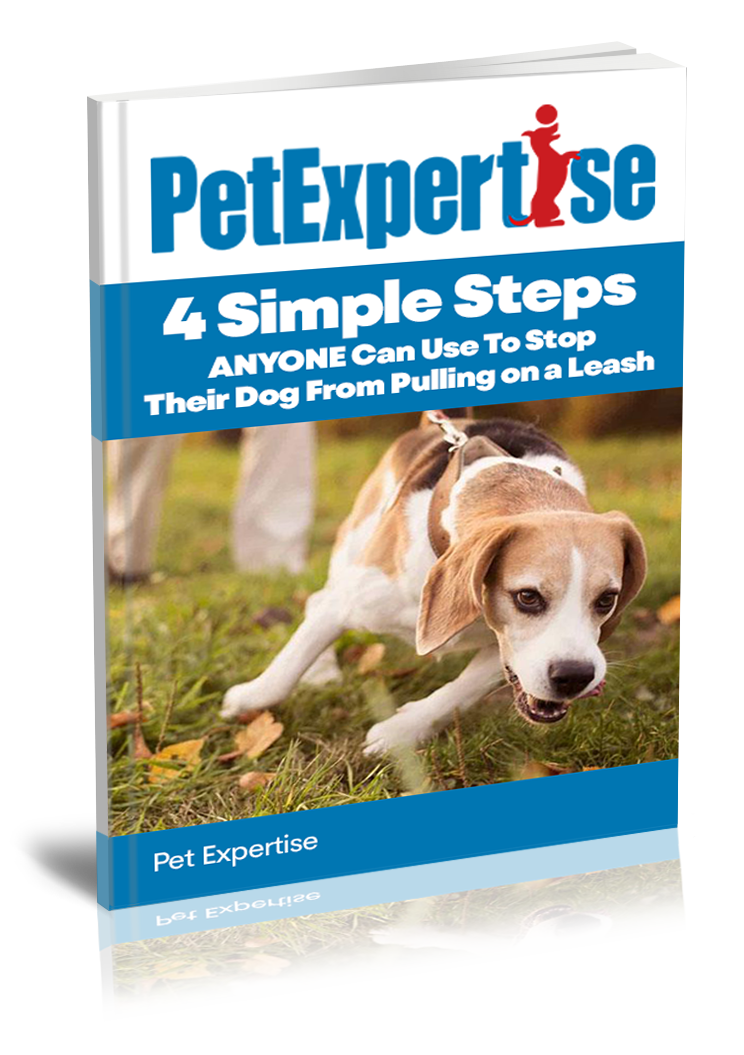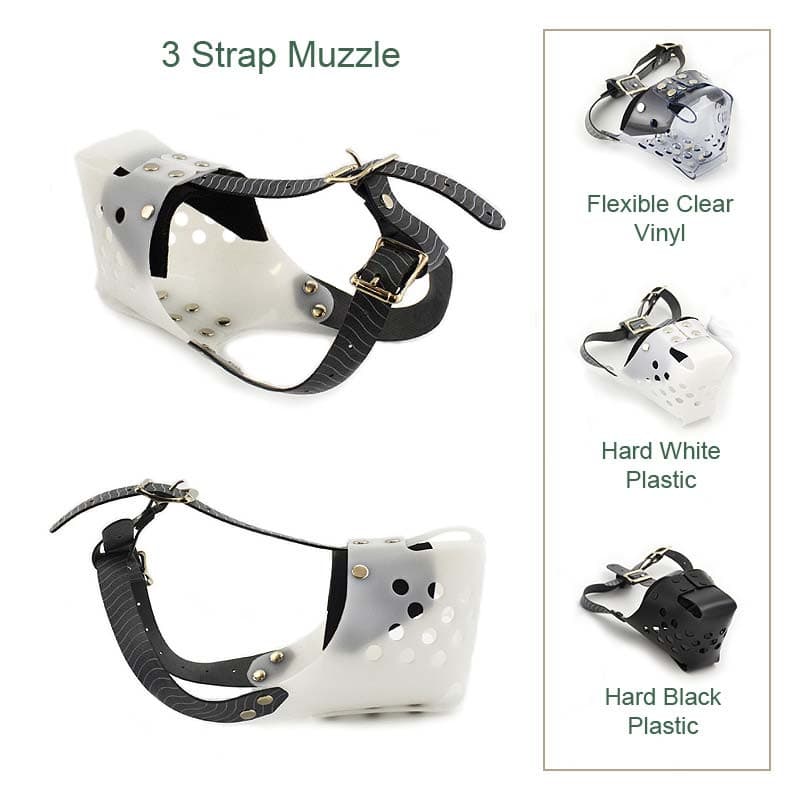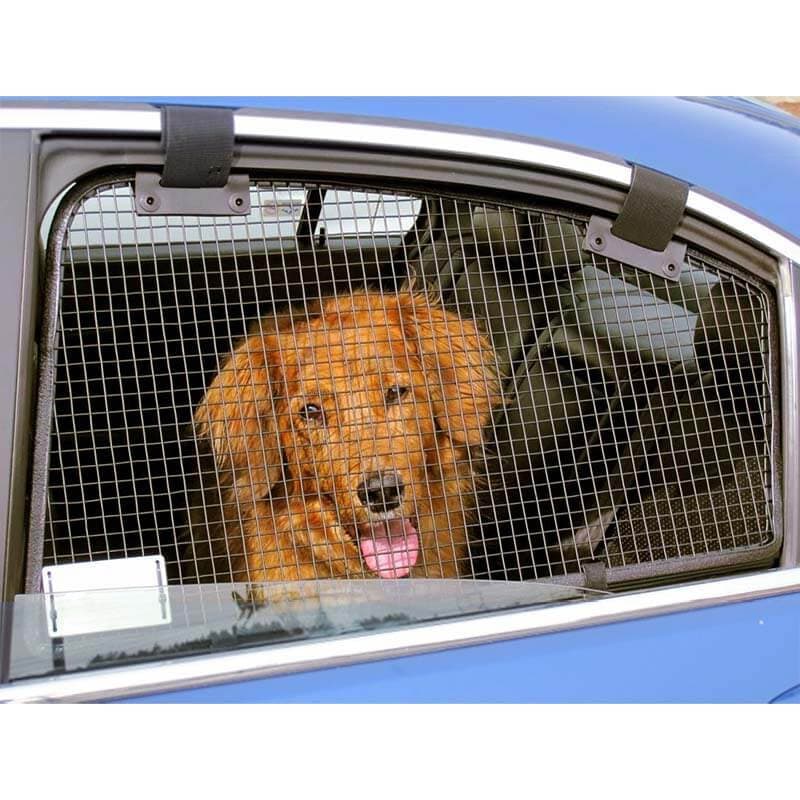The Role of Chew Toys in Alleviating Dog Anxiety

Dogs, like humans, can suffer from anxiety. Whether it's triggered by separation, loud noises, or unfamiliar environments, canine anxiety can manifest in ways that are distressing for both the pet and its owner. Chewing is an instinctive behavior for dogs, but it turns out it's more than just a way to keep them busy—it can actually help alleviate stress and anxiety.
In this article, we’ll explore how chew toys can help manage dog anxiety, the science behind chewing as a soothing activity, the best types of chew toys for anxious dogs, and how to create an environment that supports emotional calm. We'll also share real-life case studies and testimonials from pet parents who have successfully used chew toys as part of a holistic anxiety relief strategy.
Common Causes of Anxiety in Dogs
Before diving into solutions, it's essential to understand what causes anxiety in dogs. Identifying the root issue helps tailor the right interventions—like choosing the most effective chew toy.
Separation and Isolation
Separation anxiety is one of the most common behavioral issues in dogs. It occurs when dogs become stressed in the absence of their owners. Symptoms can include whining, barking, destructive behavior, pacing, and house soiling. Chew toys can help by acting as both a distraction and a comfort object.
Noise Sensitivity (Thunder, Fireworks)
Loud noises like thunder, fireworks, or even household appliances can trigger acute anxiety in dogs. Dogs with noise phobia may shake, hide, pant excessively, or try to escape. During these episodes, providing a durable chew toy can help redirect the dog’s focus and offer a calming outlet for nervous energy.
Travel and Change in Environment
Some dogs experience heightened anxiety during travel or when exposed to unfamiliar settings like hotels, new homes, or crowded public spaces. Changes in routine or location can unsettle them, but having a familiar chew toy can offer consistency and comfort in an otherwise disorienting experience.
How Chewing Reduces Stress in Dogs
Chewing isn’t just instinctive—it’s therapeutic. Let's examine the psychology and physiology behind this behavior and why it plays such a key role in stress relief.
Chewing as a Calming Reflex
For puppies and adult dogs alike, chewing can be a self-soothing mechanism. Much like thumb-sucking in children, the repetitive, rhythmic action of chewing promotes calmness. It gives dogs a task to focus on, diverting their attention away from stress triggers.
Endorphin Release Through Chewing
Studies have shown that chewing leads to the release of endorphins—natural feel-good chemicals in the brain. These endorphins create a sense of well-being and help dogs feel more relaxed. This is particularly important during high-anxiety situations like thunderstorms or being left alone.
Tactile Comfort from Textured Toys
Different textures stimulate various sensory responses. Soft plush toys may offer comfort similar to a blanket, while rubber toys with ridges or nubs massage the gums and promote a physical sense of relief. The tactile feedback from these textures provides a grounding experience, helping dogs center themselves in the moment.

Best Chew Toys for Anxious Dogs
Not all chew toys are created equal. Some are specifically designed to address anxiety by offering sensory stimulation, distraction, and long-lasting engagement. Here are the top categories of chew toys to consider:
Calming Scented Toys
Toys infused with calming scents like lavender or chamomile can double as aromatherapy tools. These scents have been found to reduce anxiety in dogs, especially when combined with a familiar toy. Brands like PetSafe and Project Paws offer scented chew options designed for calming effects.
Treat-Stuffed Toys for Distraction
Toys like the classic KONG allow you to stuff them with treats, peanut butter, or specially formulated calming pastes. These toys require problem-solving and offer mental stimulation, turning anxiety into a constructive activity. The effort needed to retrieve the treat keeps the dog occupied for extended periods.
Long-Lasting Rubber Toys for Focus
Heavy-duty rubber toys are ideal for dogs that chew aggressively when stressed. They are durable, safe, and provide a consistent chewing surface that can be particularly helpful during long periods of isolation or travel. Look for BPA-free, non-toxic materials for safety.
How to Introduce Chew Toys to Anxious Dogs
Getting your dog to engage with a chew toy isn’t always as simple as placing it in front of them—especially if they’re already feeling stressed. Some dogs may ignore new toys entirely if introduced during moments of peak anxiety. A successful introduction takes patience, strategy, and understanding of your dog’s comfort level.
Start During Calm Moments
Introduce the toy during a relaxed time when your dog is feeling safe and comfortable. This helps them form a positive association with the toy before it's needed during a stressful situation. Let them sniff, lick, or gently chew the toy while you offer praise and reassurance.
Use Treats and Positive Reinforcement
If your dog seems uninterested, encourage interaction by smearing a bit of peanut butter or inserting treats inside the toy. This makes the toy more appealing and turns it into a rewarding experience. Offer enthusiastic praise or even a treat each time your dog shows interest in the toy.
Make It Part of a Routine
Consistency is key. Make chew toys part of your dog's daily routine. For example, always give them their chew toy before you leave the house or when a known stressor is approaching, such as fireworks or a car ride. Over time, your dog will start to associate the toy with comfort and predictability.
Avoid Forcing Interaction
Never push the toy into your dog’s mouth or force them to interact with it. This can create negative associations. Instead, leave the toy in a familiar, low-traffic area where your dog feels secure. Allow them to investigate it on their own terms.
Rotate and Refresh Toys
To maintain interest, rotate toys every few days and occasionally add new ones with different textures, scents, or functions. This prevents boredom and ensures that the calming effect remains strong over time. Chew toys lose their appeal if they’re always the same.
By introducing chew toys thoughtfully, you maximize their effectiveness as anxiety-reducing tools. Combined with other calming strategies, these toys can become a trusted source of comfort for your dog—especially during moments of fear, boredom, or loneliness.

Creating a Calming Environment
Chew toys work best when used in combination with other anxiety-reducing strategies. Here’s how to create a soothing space where chew toys can be part of the calming process.
Pairing Chew Toys with Soothing Music
Studies have shown that classical music or specially designed dog-calming playlists can lower heart rates and reduce barking. Playing this music in the background while your dog enjoys a chew toy can reinforce the sense of calm. Apps like RelaxMyDog or streaming services like Spotify offer curated playlists for dogs.
Use in Crate Training & Safe Spaces
Chew toys are excellent tools to include in crate training. Crates can act as a safe retreat for anxious dogs, and having a chew toy inside can create a positive association. Introduce the crate slowly, and reward your dog with their favorite toy each time they enter voluntarily.
Combining with Anxiety Wraps or CBD (Vet-Guided)
If your dog’s anxiety is severe, consider combining chew toy therapy with other interventions like anxiety wraps (e.g., ThunderShirt) or vet-approved CBD products. While chew toys offer behavioral relief, CBD or wraps may provide additional physiological support. Always consult your veterinarian before starting new treatments.
Conclusion
Chew toys are more than just a boredom buster—they are a scientifically supported, behaviorally beneficial tool in the fight against canine anxiety. Whether your dog struggles with separation, noise phobia, or environmental changes, the right chew toy can offer a sense of control and comfort.
When used in tandem with a calming environment, soothing music, and additional strategies like crate training or vet-approved supplements, chew toys become a cornerstone of emotional well-being for your pet.
If you're looking to support your dog’s mental health with thoughtfully curated chew toys and expert-approved training resources, visit Pet Expertise. Our collection is handpicked by professionals, ensuring safe, engaging, and calming options for dogs of all ages and anxiety levels.
Frequently Asked Questions (FAQs)
Yes, chew toys can significantly help reduce anxiety in dogs. Chewing is a natural behavior that releases endorphins, which promote calmness and relaxation. It also provides mental distraction from anxiety triggers. While not a standalone cure, many veterinarians and behaviorists include chew toys as part of a broader anxiety management plan for dogs.
For separation anxiety, treat-dispensing toys like KONGs are excellent. They engage your dog’s mind and provide long-lasting distraction when you're away. Toys infused with calming scents, like lavender, are also beneficial. Choose durable rubber options suited to your dog’s chewing style to ensure safety, effectiveness, and prolonged engagement during stressful absences.
Ideally, offer chew toys daily, especially during situations that may trigger anxiety—like when leaving the house or during thunderstorms. Regular access encourages positive chewing habits and emotional regulation. To prevent boredom, rotate between different types and textures of toys. Always supervise initially to ensure the toy matches your dog’s chewing intensity.
Chew toys are generally safe when matched to your dog’s size, age, and chewing strength. Always opt for toys made from non-toxic materials and inspect them regularly for signs of wear. Supervise use, especially with new toys, to avoid choking hazards. Choosing the right toy reduces risks while providing comfort and mental stimulation.
No, chew toys are not a substitute for medical or behavioral treatment. They serve as helpful tools to support a dog’s emotional well-being, but for moderate to severe anxiety, consult a veterinarian or certified trainer. In many cases, chew toys work best when combined with training, environmental management, or vet-guided treatments like CBD.
- Choosing a selection results in a full page refresh.
- Press the space key then arrow keys to make a selection.



